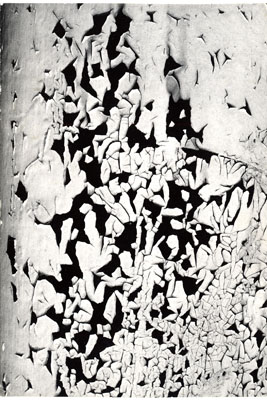
© Ernst Haas, courtesy Getty Images.
Ernst Haas »
Total Vision
Exhibition: 23 Sep – 1 Nov 2008
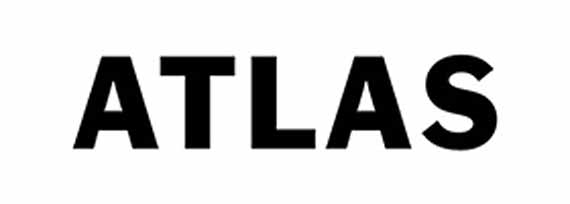
Atlas Gallery
49 Dorset Street
W1U 7NF London
+44 (0)20-72244192
info@atlasgallery.com
www.atlasgallery.com
Mon-Fri 10-18 . Sat 11-17
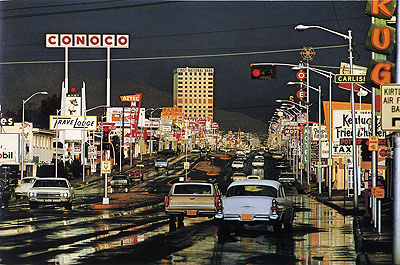
© Ernst Haas, courtesy Getty Images.
"Before Haas, there was no color photography, only colored photographs" Haas is considered one of the most celebrated and influential photographers of the last century. The first photographer ever to be given a one man show devoted to colour photography at MOMA, he is universally regarded as the father of the medium. Edward Steichen described the exhibition as the beginning of a new "epoch in photography". This important retrospective exhibition includes rarely seen vintage dye-transfer prints, in addition to early black and white photographs with a particular emphasis on urban photography and an extremely rare series of vintage abstract works. Unusually for a one man show, this exhibition includes both his black and white and colour work, in addition to a considerable number of previously unseen and unpublished vintage prints. For nearly four decades the name Ernst Haas was synonymous with colour photography, but over the last twenty years, since the first time it was shown, his early black and white reportage and experimental work has become equally as well-known. In 1949, he was the first to be recruited by Robert Capa in to the newly founded Magnum agency, at the same time turning down a position as a Life staff photographer. In both reportage and documentary work he pursued a photographic equivalent of gestural drawing and painting, by experimenting with various photographic effects, such as softness of focus, selective depth of field, and overexposure, and different subjects: objects, silhouettes and shadows, store fronts or torn posters peeling off buildings. He radically changed the context in which we see these objects, both in colour and in black and white, turning the streets in to an art gallery. He introduced hues and tones never before seen in printed colour; and thus began a life-long odyssey of exploration and experimentation in to the uses and meaning of colour and the abstract in photography. However, despite his poet's eye it was as a photojournalist that Haas made his living travelling through the post-war and particularly the American landscape collecting images and stories. He saw himself as a troubadour, wandering the world collecting not songs but pictures to bring back to an audience then thirsty for ballads about itself, now in the form of symbolic songs in black and white. As part of this approach to documenting the state of mid-century America, Haas photographed some of the most famous faces of the century, and his memorable portrait of Einstein standing looking almost bemused behind a desk piled high with books and papers, remains one of his most enduring studies. His portraits of movie actors, musicians, artists and the great thinkers of his day are now defining character portraits of these individuals and his famous colour composition of Route 66 in Albuquerque New Mexico is equally as definitive as a depiction of the American urban landscape. In 1958, Haas was with Richard Avedon, Irving Penn, Ansel Adams, Henri Carier-Bresson and others, voted one of the world's ten greatest photographers.
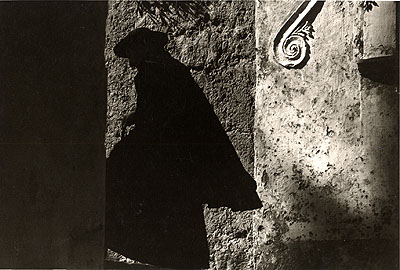
© Ernst Haas, courtesy Getty Images.
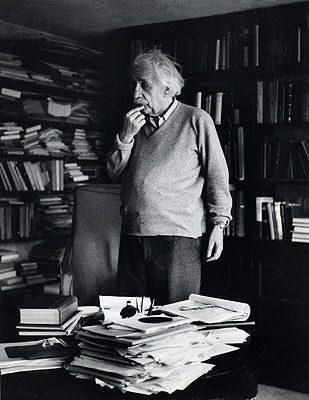
© Ernst Haas, courtesy Getty Images.